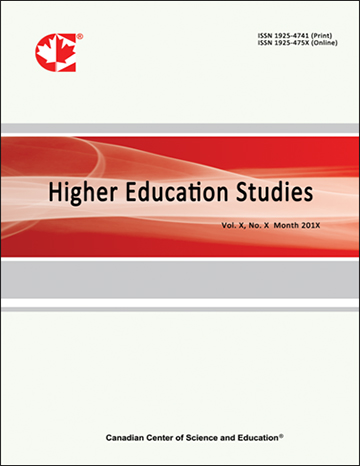Response Rate and Teaching Effectiveness in Institutional Student Evaluation of Teaching: A Multiple Linear Regression Study
- Faisal Al-Maamari
Abstract
It is important to consider the question of whether teacher-, course-, and student-related factors affect student ratings of instructors in Student Evaluation of Teaching (SET) in English Language Teaching (ELT). This paper reports on a statistical analysis of SET in two large EFL programmes at a university setting in the Sultanate of Oman. I carried out a multiple regression analysis to address the research questions of whether instructor sex, class size, course type and percent participation would affect teaching effectiveness scores, and whether or not response rate can be predicted by instructor sex, class size and course type. The study utilizes a dataset of over 2000 student ratings obtained from an SET survey covering the period from Fall 2011 through to Spring 2014in these two programmes. Results indicated that the modeled predictors showed extremely low bias towards both teaching quality scores and response rate. Although the effect sizes of these results are extremely small, they are still significant due to the large sample size (comprising over 2000). The findings also suggest that contrary to common parlance in some quarters claiming students’ unreliable ratings, this analysis has shown that students can judge teaching effectiveness and do not allow other teacher-, course- and student-related factors to bias their responses. The study’s significance stems from the fact that it adds to instructional evaluation in ELT, a field characterized by a clear lack of research on SET.
- Full Text:
 PDF
PDF
- DOI:10.5539/hes.v5n6p9
Index
- AcademicKeys
- CNKI Scholar
- Education Resources Information Center (ERIC)
- Elektronische Zeitschriftenbibliothek (EZB)
- EuroPub Database
- Excellence in Research for Australia (ERA)
- Google Scholar
- InfoBase
- JournalSeek
- Mendeley
- Open Access Journals Search Engine(OAJSE)
- Open policy finder
- Scilit
- Ulrich's
- WorldCat
Contact
- Sherry LinEditorial Assistant
- hes@ccsenet.org
